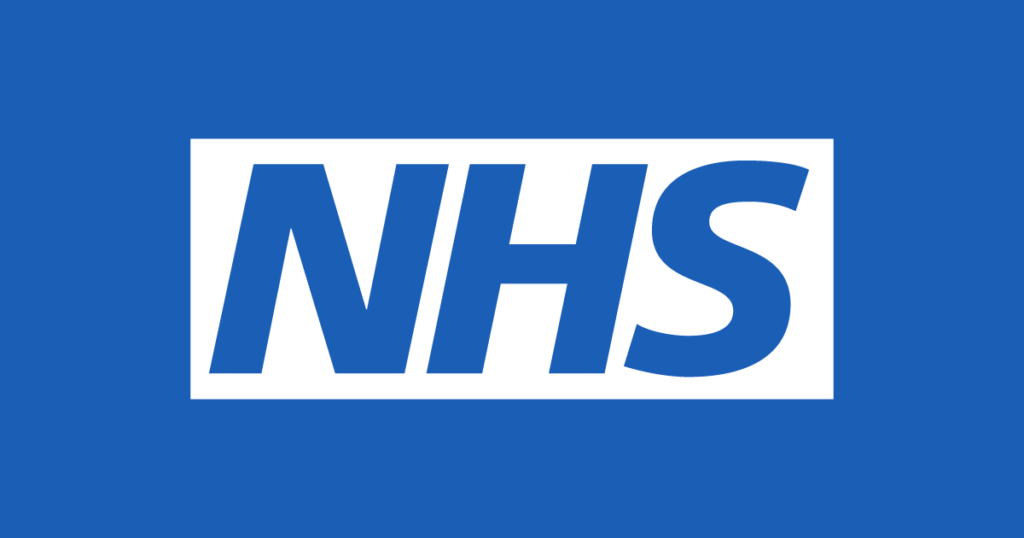With the weather getting warmer and the days getting longer, this means many children are playing outside. Parents are therefore being advised to be prepared for treating minor injuries.
It’s not uncommon for children to have accidents, particularly on their bikes. According to the Royal Society for the Prevention of Accidents, 90% of child cyclist accidents happen between 8.00 to 9.00 a.m. and 3.00 to 6.00 p.m. on weekdays.
Dr Preeti Shukla, Clinical Lead at NHS Blackburn with Darwen CCG said:
“Self-care is often best for cuts, scrapes and grazes, so it’s a good idea to check your first aid kit to make sure it’s stocked for all eventualities. There’s nothing worse than getting out the first aid kit to discover you’ve run out of plasters or antiseptic wipes. It doesn’t cost a lot these days to get everything you need for your kit.”
“Your local pharmacy can advise you on treatment for minor injuries and over the counter medicines that are safe for your child. To keep your child is as safe as possible make sure they wear appropriate head gear, and if possible, protect their knees and elbows.”
A typical first aid kit should include:
- High factor sunscreen (SPF 50 provides the best protection) – you should apply this before school so that your child is protected from the early morning sun.
- Antiseptic – this can be used to clean cuts before they are dressed (bandaged) and most can treat a range of conditions, including insect stings, ulcers and pimples; alcohol-free antiseptic wipes are useful to clean cuts.
- Tweezers – for taking out splinters; if splinters are left in, they can cause discomfort and become infected.
- Plasters – a range of sizes, waterproof if possible.
- Sterile dressings – larger injuries should be covered with a sterile dressing to prevent infection until treatment can be given by a health professional.
- Medical tape – this is used to secure dressings and can also be used to tape an injured finger to an uninjured one, creating a makeshift splint.
- Bandages – these can support injured limbs, such as a sprained wrist, and also for applying direct pressure to larger cuts.
- Cooling gel packs or flannels – dip in cold water and use as a compress if your child has a small bump to the head.
- Eyewash solution – this will help wash out grit or dirt from the eyes
- Insect bite and nettle rash cream – good for reducing skin irritation if your child is bitten or stung.
- Allergy medicine – your local pharmacy can advise you on the best type of allergy treatment for your child.
- Thermometer – digital thermometers give very accurate readings and are quick and easy to use.
- Coughs, colds and pain relief remedies – paracetamol or ibuprofen are good for relieving discomfort. However, avoid ibuprofen if your child has asthma, unless advised by your GP.
If you’re worried about your child’s injuries and unsure if they need medical help, call NHS111. This service offers advice 24 hours a day, seven days a week and can advise you where to go if your child has experienced a bang to the head or a bad sprain. All the caller has to do is dial 111 to talk to the NHS.
For more information about what to do if your child has an accident, visit www.nhs.uk

